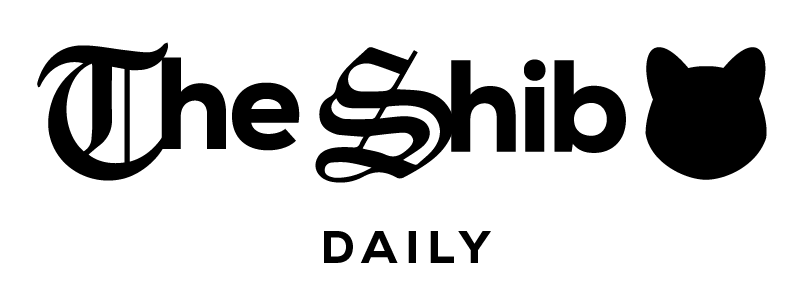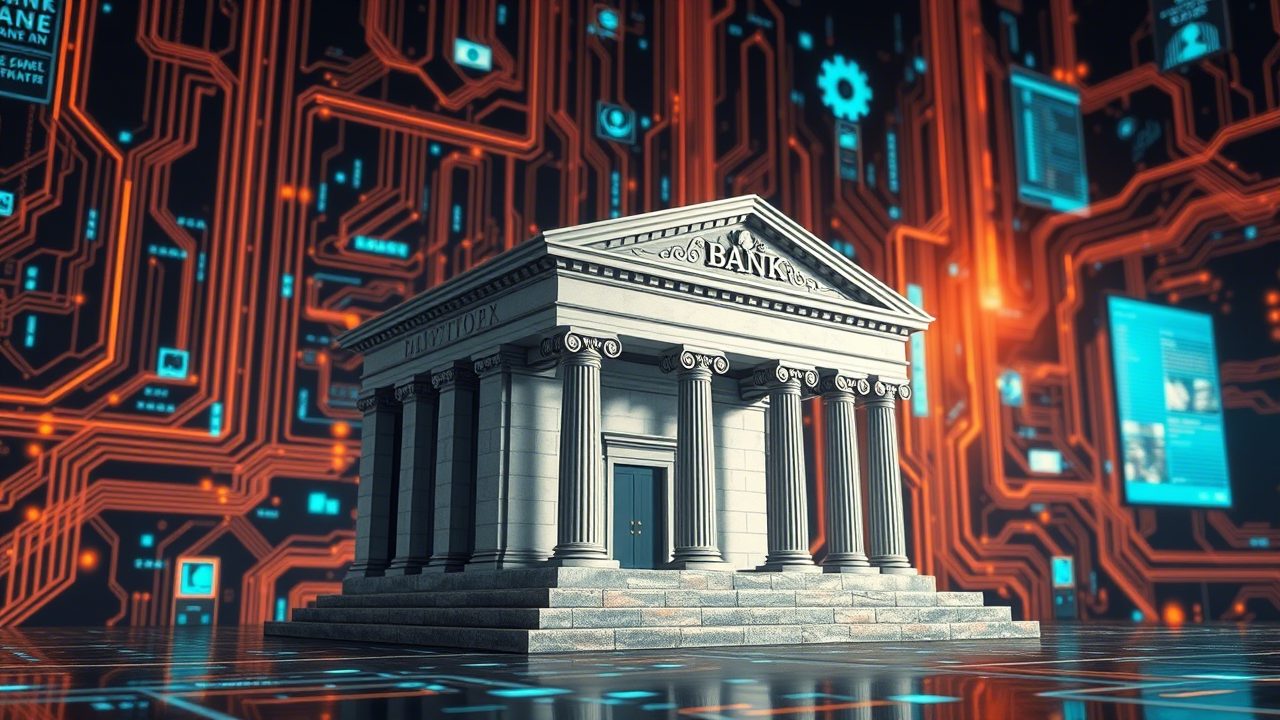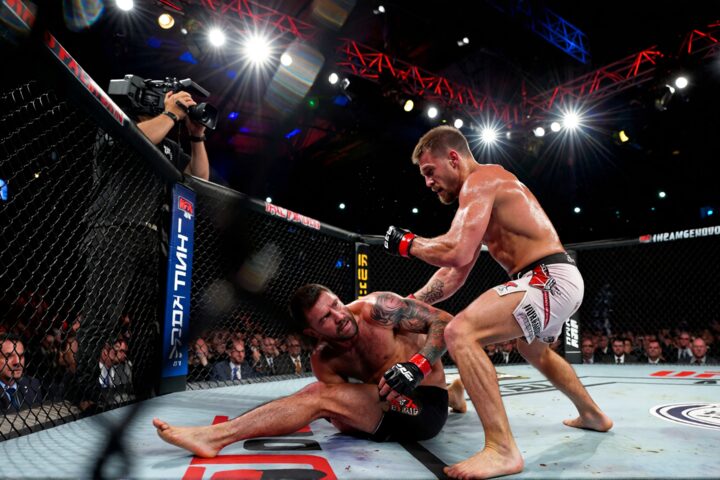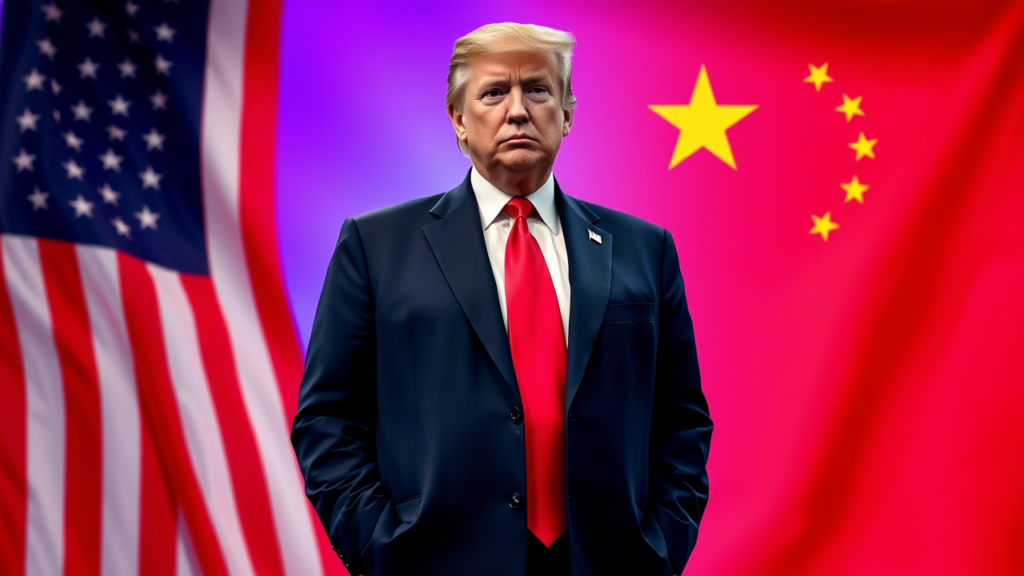Decentralized finance — better known as DeFi — is what happens when you take all the things banks usually do (like lending money, earning interest, trading assets) and rebuild them on the internet without the banks. No branches. No bankers. No “sorry, we’re closed.” Just code, crypto, and around-the-clock access to your own financial playground.
Think of DeFi as a global money system run by smart contracts instead of suits and spreadsheets. These contracts are like little robots on the blockchain that do what you tell them to—no waiting, no approvals, no nonsense. Want to lend your crypto and earn interest? Go for it. Looking to swap one digital token for another at midnight on a Sunday? Done. Need a loan without begging a bank manager? It’s possible.
And why does any of this matter? Because for the first time, people everywhere—not just in big cities or with perfect credit—can access financial tools that were once locked behind bureaucracy and fine print. Whether you’re in Nairobi or New York, if you have an internet connection and a digital wallet, you’re in.
With more people diving into DeFi every day, the question isn’t if this is the future of finance—it’s how fast it’s getting here.
What Is DeFi?
So, what exactly is decentralized finance? Well, imagine a world where your money works for you without relying on banks, brokers, or other middlemen. That’s DeFi in a nutshell: financial services that run on blockchain technology, not brick-and-mortar institutions. It’s like having the entire financial world available on your phone, minus the confusing paperwork and long lines.
The Core Concept: Finance Without the Middlemen
In traditional finance (aka TradFi), everything goes through a centralized middleman—whether it’s a bank, credit card company, or an insurance provider. These intermediaries control the flow of money, take their cut, and have the final say in how things work. With DeFi, the goal is to cut them out. Instead of needing a bank to facilitate a loan, or a broker to trade stocks, you use smart contracts—self-executing agreements that run on a blockchain.
Technologies Behind DeFi: Blockchains and Smart Contracts
Now, how does all this magic happen? First up: blockchains. These are decentralized digital ledgers that securely record every transaction. The most famous blockchain is Ethereum, but there are others like Binance Smart Chain and Solana that also support DeFi projects. Think of a blockchain as an open, unchangeable notebook where everyone can see the transactions, but no one can erase anything—perfect for making financial activities transparent and secure.
Next, we have smart contracts. These are like tiny digital robots that automatically execute the terms of an agreement without needing any human involvement. For example, if you want to lend someone crypto and earn interest, a smart contract will handle everything—no bank manager needed. It’s all automated, transparent, and trustless (meaning you don’t have to trust a person, just the code).
Key Difference From Traditional Finance (TradFi)
The biggest difference between DeFi and TradFi? DeFi is open, permissionless, and global. You don’t need to go through a bank or worry about getting denied based on your credit score. As long as you have an internet connection and the right tools (a digital wallet, some crypto), you’re good to go. In contrast, traditional finance is centralized, often exclusive, and operates within limited hours.
While TradFi can feel like a VIP club with a long waiting list, DeFi is like a global, 24/7 open house where everyone is welcome to join the party—and take part in making the rules.
Core Components of Decentralized Finance
Alright, so now that we know what DeFi is all about, let’s take a look at the key ingredients that make this whole system run smoothly. Think of these as the “tools” in your financial toolbox, all working together to create a decentralized, free-flowing ecosystem.
Decentralized Exchanges (DEXs)
First up: Decentralized Exchanges (DEXs). In traditional finance, when you want to swap one currency or asset for another (like USD for Bitcoin), you go through a centralized exchange like Coinbase or Binance. These platforms act as the middleman, holding your assets and taking a cut of the trade. But in the DeFi world, DEXs do things differently.
DEXs are peer-to-peer platforms where you can trade cryptocurrencies directly with other users. No middleman, no central authority, just you and your fellow traders. Examples include Uniswap and SushiSwap. These exchanges operate using smart contracts to handle the trades automatically, meaning your assets stay in your control the entire time—until you decide to make the swap!
Lending and Borrowing Protocols
Want to make your crypto work harder for you? Enter lending and borrowing protocols. In traditional finance, if you want to borrow money, you’d have to go to a bank, fill out paperwork, and hope they approve you. In the DeFi world, you can lend your crypto and earn interest, or borrow crypto without needing a credit score check.
Platforms like Aave and Compound let you lend your assets to others and earn interest on them—kind of like a bank savings account, but with a lot more flexibility and higher returns. On the flip side, if you need a loan, you can borrow from these platforms too, but you’ll have to put up some collateral (like your crypto) to secure the loan.
Stablecoins
Now, let’s talk about stablecoins—the reliable best friend of the crypto world. If you’ve ever used cryptocurrency, you know that prices can swing wildly (hello, Bitcoin rollercoaster!). Stablecoins are designed to be much more predictable and stable, as they are typically pegged to the value of a traditional asset, like the US dollar. Tether (USDT) and USD Coin (USDC) are two of the most popular ones.
These stablecoins give you the power to move around your crypto with less worry about price fluctuations. They’re especially handy when you want to park your crypto assets temporarily without dealing with the volatility that comes with Bitcoin or Ethereum.
Yield Farming and Staking
Next up is yield farming and staking—two ways to make your crypto work harder for you. Yield farming is like farming in the crypto world. You plant your assets in a liquidity pool, and in return, you earn more assets over time (like a little interest or reward). It’s a way to take your idle crypto and turn it into something more!
On the other hand, staking involves locking up your crypto to support a blockchain network. In exchange for staking your coins (think of it like putting your money in a savings account), you earn rewards—often in the form of more coins. It’s like getting paid interest, but with crypto.
Wallets and Identity Tools
And last but not least: wallets and identity tools. To dive into DeFi, you need a place to store your assets, and that’s where wallets come in. Wallets are like your personal bank vault, but on the internet. You can hold your crypto, access DeFi protocols, and make transactions using wallets like MetaMask or Trust Wallet.
But DeFi doesn’t stop there! Identity tools are starting to become a big part of the mix, too. Instead of relying on usernames and passwords, these tools help you manage your digital identity in a secure and decentralized way. Think of it as a way to prove who you are without needing to rely on a central authority (like a bank or government). It’s all about keeping control of your data.
Benefits of Decentralized Finance
So, why are people all over the world so pumped about decentralized finance? Well, it’s not just about tech and crypto—it’s about empowerment! DeFi offers some seriously awesome benefits that could completely change the way we think about managing and moving money. Let’s break down the top perks:
- Open Access and Global Participation: No matter where you are, DeFi is open for business. If you have an internet connection, you can join in on the fun and take part in global finance, no borders or banking barriers needed!
- Greater Control for Users Over Their Assets: In DeFi, YOU are in charge. You don’t need anyone’s permission to lend, borrow, stake, or trade. It’s your money, your rules!
- Lower Fees (In Theory): Say goodbye to hefty transaction fees! With DeFi, you can potentially save on the crazy fees charged by banks and brokers. While fees can still vary, DeFi often offers a cheaper alternative.
- Transparency and Immutability: No more guesswork or shady business. With DeFi, every transaction is public and visible on the blockchain. Once something’s recorded, it’s permanent—nothing can be changed or erased. It’s as secure and transparent as it gets!
These are just a few of the exciting benefits that make decentralized finance such a groundbreaking shift in the world of finance. It’s all about giving you more control, less friction, and a chance to be part of the future of money!
The Risks and Challenges
Okay, so decentralized finance sounds like the coolest thing since sliced bread, but just like any shiny new thing, it comes with a few bumps in the road. Let’s take a quick look at the potential risks and challenges in this brave new world of decentralized finance.
- Smart Contract Bugs and Hacks: Smart contracts are like the robots of the DeFi world. They automatically carry out tasks, like sending payments or making trades, based on preset rules. But just like with any software, if there’s a bug in the code, hackers could exploit it and cause some serious trouble. You wouldn’t want your funds to go poof because of a glitch, right?
- Rug Pulls and Scams: Sometimes, bad actors will set up DeFi projects that look great at first but are really just designed to steal your money. This is called a “rug pull”—and it’s exactly what it sounds like. You’re happily building your crypto portfolio, and suddenly, whoosh—the project creators vanish with all the funds. Always do your homework before jumping into any DeFi project!
- Regulatory Uncertainty: As cool as DeFi is, it’s still a little bit of the Wild West when it comes to regulations. Governments and financial authorities are still figuring out how to regulate DeFi projects. This uncertainty can create a bit of a bumpy ride, as rules could change quickly, potentially affecting your investments.
- Scalability and Usability Issues: Imagine if everyone in the world suddenly wanted to use DeFi at once. The networks might get crowded, and transactions could slow down. Plus, for beginners, navigating DeFi platforms can feel a little overwhelming. The user experience is improving, but some systems still need a bit more polish before they’re super easy for anyone to use.
So, while DeFi offers a ton of exciting possibilities, it’s important to keep an eye out for these risks. After all, you can’t have a new financial revolution without a few hiccups along the way!
Real-World Use Cases and Examples
Now that we’ve explored the risks and rewards, let’s zoom in on some decentralized finance use cases that are already making waves in the real world. Sure, DeFi might sound futuristic, but it’s already happening! Here are a few cool examples of how decentralized finance is changing the game:
Micro-Lending in Developing Regions
One of the most exciting things about DeFi is that it’s opening up financial opportunities for people who’ve never had access to traditional banks. Imagine being able to lend and borrow money in small amounts, even in places where banks aren’t available. DeFi platforms can offer micro-loans to entrepreneurs in developing countries, helping them start businesses and improve their lives without relying on middlemen.
Cross-Border Payments
Sending money across borders? With decentralized finance, it’s faster and cheaper than ever before. Traditional international money transfers can be expensive, taking days to process, but DeFi allows for almost instant, low-cost transfers using cryptocurrencies. Whether you’re sending money to family in another country or paying for goods from overseas, DeFi is making the process smoother and more efficient.
Tokenized Real-World Assets (RWAs)
Here’s where things get really interesting. In the traditional world, owning assets like real estate or art requires a lot of money and paperwork. With DeFi, those assets can be tokenized—basically turned into digital tokens on the blockchain. This makes it easier for anyone to buy, sell, or trade parts of real-world assets without all the hassle. Want to own a slice of a famous painting or a piece of property in another country? Decentralized finance makes it possible.
DAOs Managing Pooled Capital
Decentralized finance is also making it easier for groups of people to come together and pool their money for a common goal. Enter the DAO (Decentralized Autonomous Organization).
A DAO is a group of people who come together and make decisions about how to manage a shared pool of funds, all without a traditional manager or boss. It’s like a digital version of crowdfunding, but with governance and decision-making built right into the system. From supporting charitable causes to investing in startups, DAOs are proving that DeFi can help people collaborate in new and exciting ways.
So, whether it’s giving people in remote areas access to finance, making cross-border payments a breeze, or enabling you to own a fraction of real-world assets, DeFi is already changing the way we think about money and value. The future is here—and it’s decentralized!
Is Decentralized Finance the Future of Finance?
Alright, here comes the big question: is DeFi really the future of finance? Let’s dig into the different perspectives and see if DeFi is destined to take over or if it’ll just be a cool niche for crypto enthusiasts.
Views from the Crypto-Native Community vs. Traditional Finance
If you ask someone from the decentralized finance world, they’ll probably tell you that traditional finance is outdated, slow, and controlled by a few big players. For them, DeFi represents freedom—no banks, no intermediaries, and no restrictions. DeFi advocates love the idea of a financial system that’s transparent, accessible to anyone with an internet connection, and based on code, not human judgment.
On the other hand, folks from traditional finance (think bankers and regulators) might be a little more cautious. They see decentralized finance as risky, uncertain, and maybe even a bit too disruptive. They’re all about stability and regulation—and DeFi’s wild ride can sometimes feel like a rollercoaster without seatbelts!
Potential for Integration with Legacy Systems
Now, here’s where things get interesting. While some think decentralized finance will completely replace traditional finance, others believe it could work with the existing financial systems. Imagine DeFi and traditional finance becoming best buddies!
That’s right, DeFi could potentially integrate with legacy systems (you know, the banks and financial institutions we’re used to) to offer faster, cheaper services. For instance, you could use DeFi protocols for lending or borrowing and then link them to your traditional bank account for easier access to funds. This integration could bring DeFi to the mainstream, offering the best of both worlds.
What Needs to Happen for Mainstream Adoption
So, what does it take for DeFi to become the go-to choice for everyone? First off, decentralized finance needs to become user-friendly. Getting started can feel like cracking a code—so improving the user experience is a big step. People also need to feel confident that their funds are secure.
The wild world of smart contracts, hacks, and rug pulls can be a bit intimidating. If DeFi can become more secure and easier to use, we might just see it become more mainstream. And let’s not forget about regulation. For DeFi to really thrive, we’ll need clearer rules about how it can interact with traditional finance and how users are protected.
So, is DeFi the future of finance? The answer might be “yes” and “no.” It’s definitely going to play a huge role in the financial landscape, but whether it replaces traditional finance entirely or exists alongside it is still up for debate. But one thing’s for sure: DeFi is here to stay, and it’s definitely shaking things up in the world of finance!
Finance is Evolving: What’s Next for DeFi?
To wrap things up, we’ve explored how decentralized finance aims to replace traditional financial systems by cutting out middlemen and giving users more control. With technologies like blockchains and smart contracts, and tools like decentralized exchanges and stablecoins, DeFi opens up new possibilities for global access, lower fees, and more user autonomy.
Of course, there are risks like hacks, scams, and uncertainty around regulations, which still make DeFi a bit of a gamble. But despite these challenges, DeFi’s potential to reshape finance is huge.
So, is DeFi the future of finance or just a starting point? It’s still early days, but DeFi has already begun to make waves. Whether it becomes the new norm or remains a crypto niche, one thing’s clear—DeFi is here to stay, and its journey is just beginning.
Read More
- Inside Super HUB FUN: Shiba Inu’s Social Playground Levels Up
- Shiba Inu Chart Hints at Reversal as Whale Transactions Surge
- UK Gang Created Meme Coin in Crypto Money Laundering Plot
Michaela has no crypto positions and does not hold any crypto assets. This article is provided for informational purposes only and should not be construed as financial advice. The Shib Magazine and The Shib Daily are the official media and publications of the Shiba Inu cryptocurrency project. Readers are encouraged to conduct their own research and consult with a qualified financial adviser before making any investment decisions.
